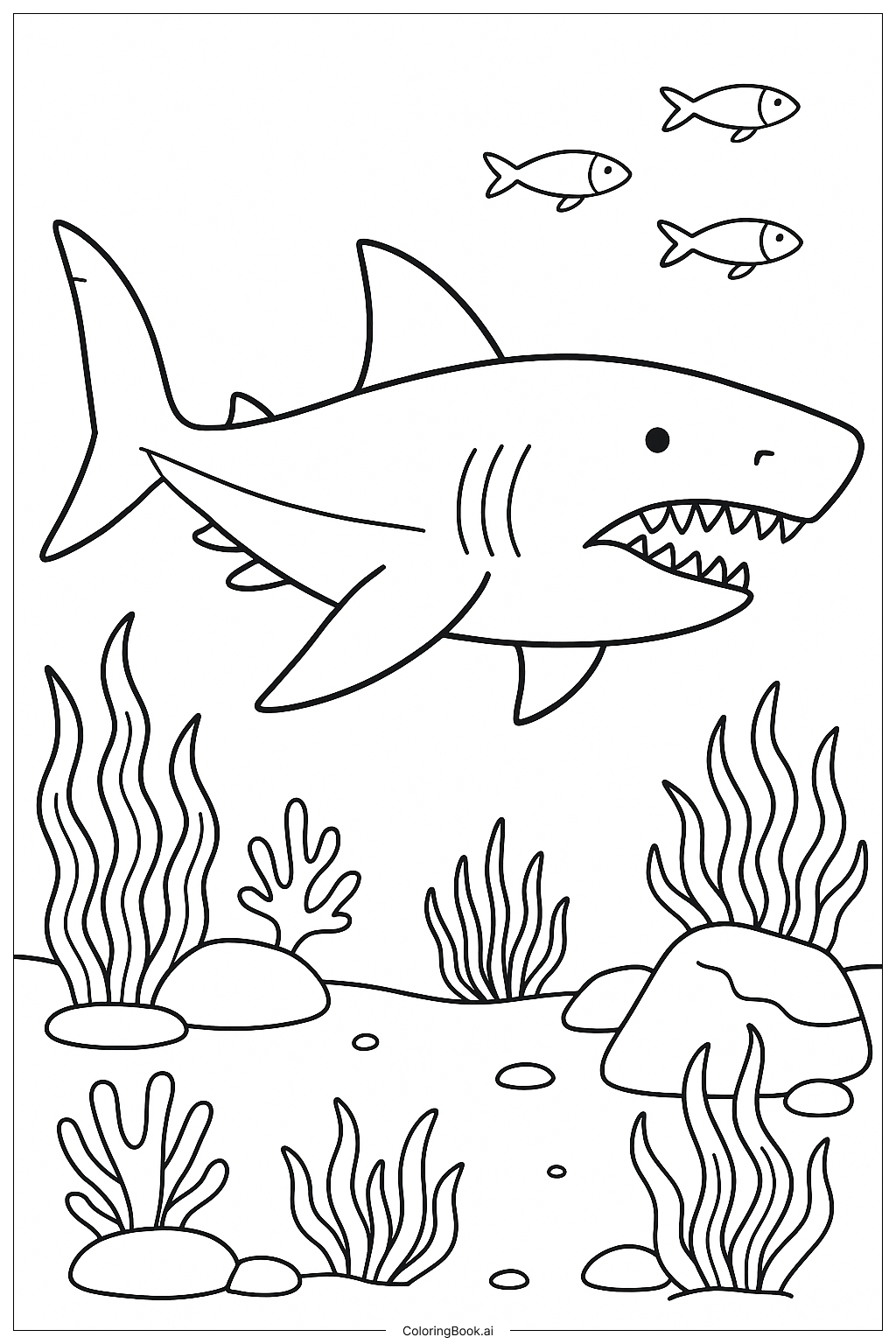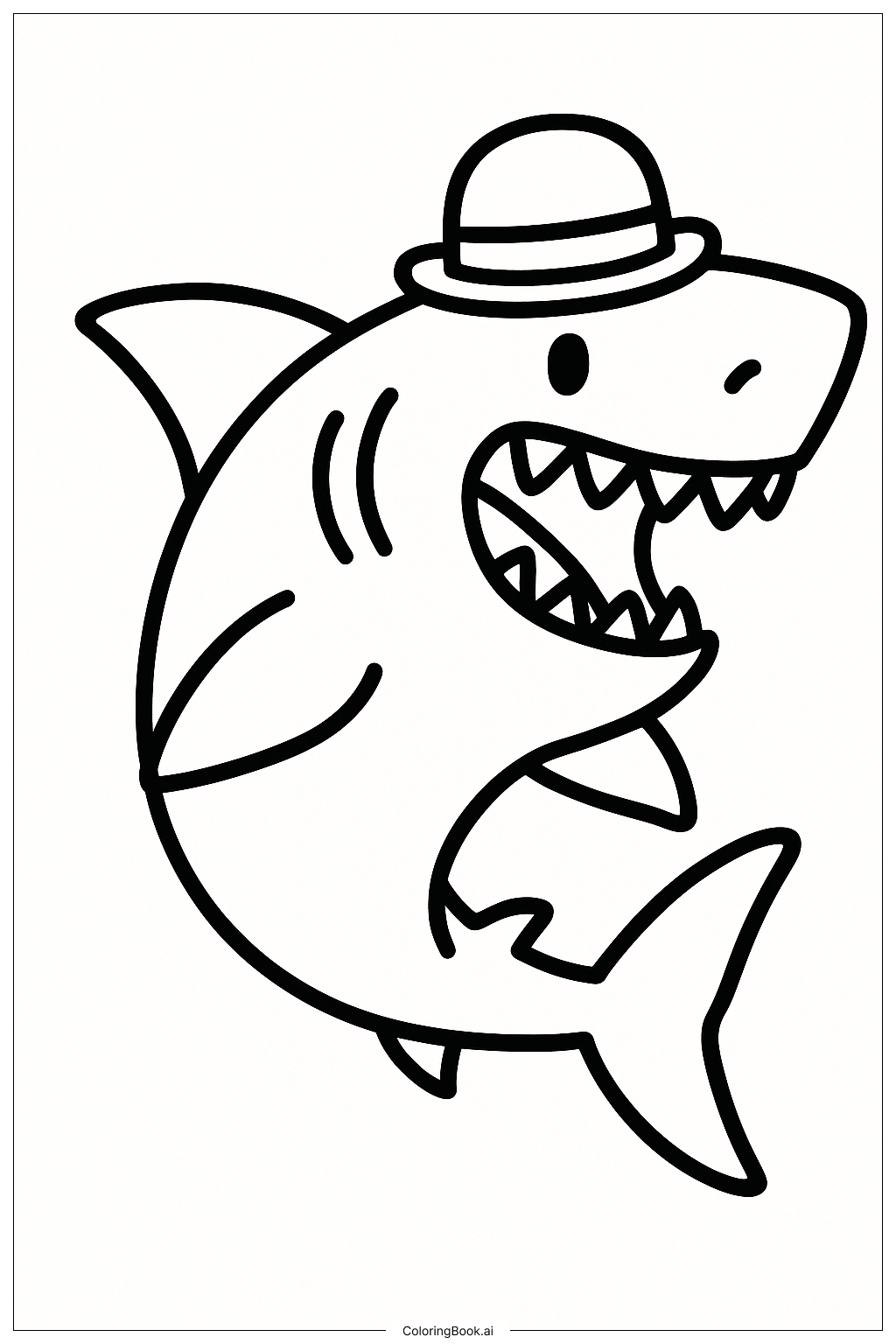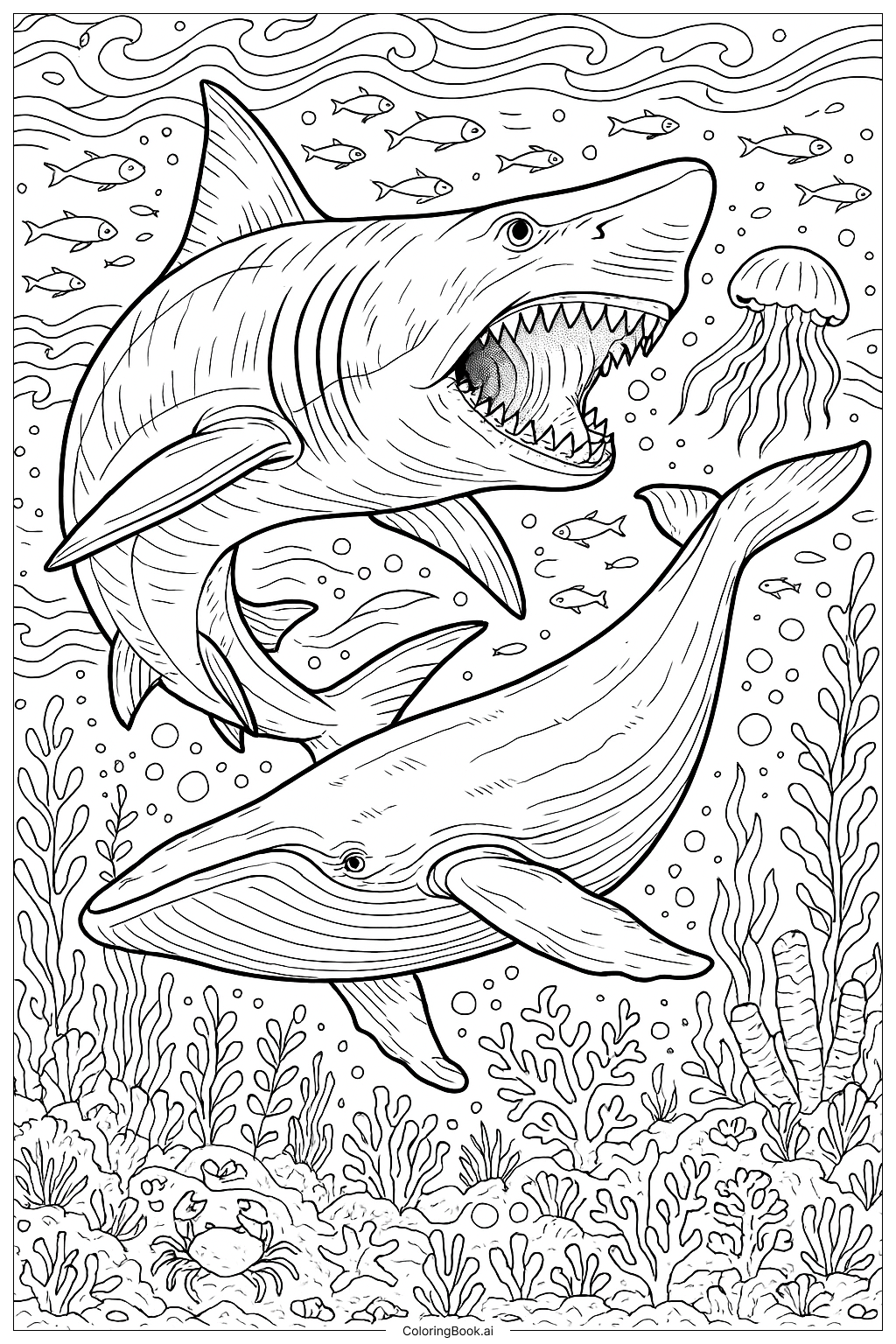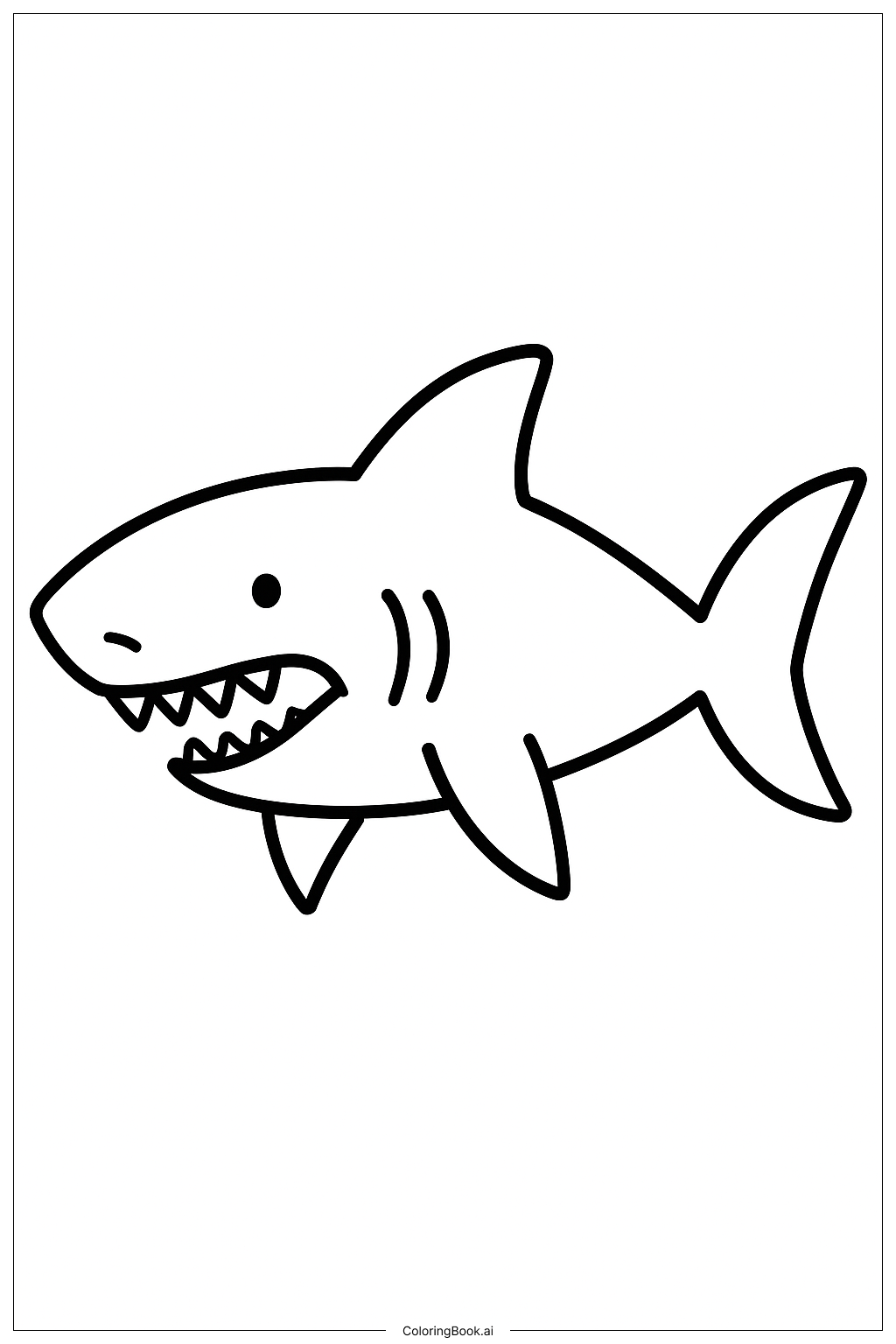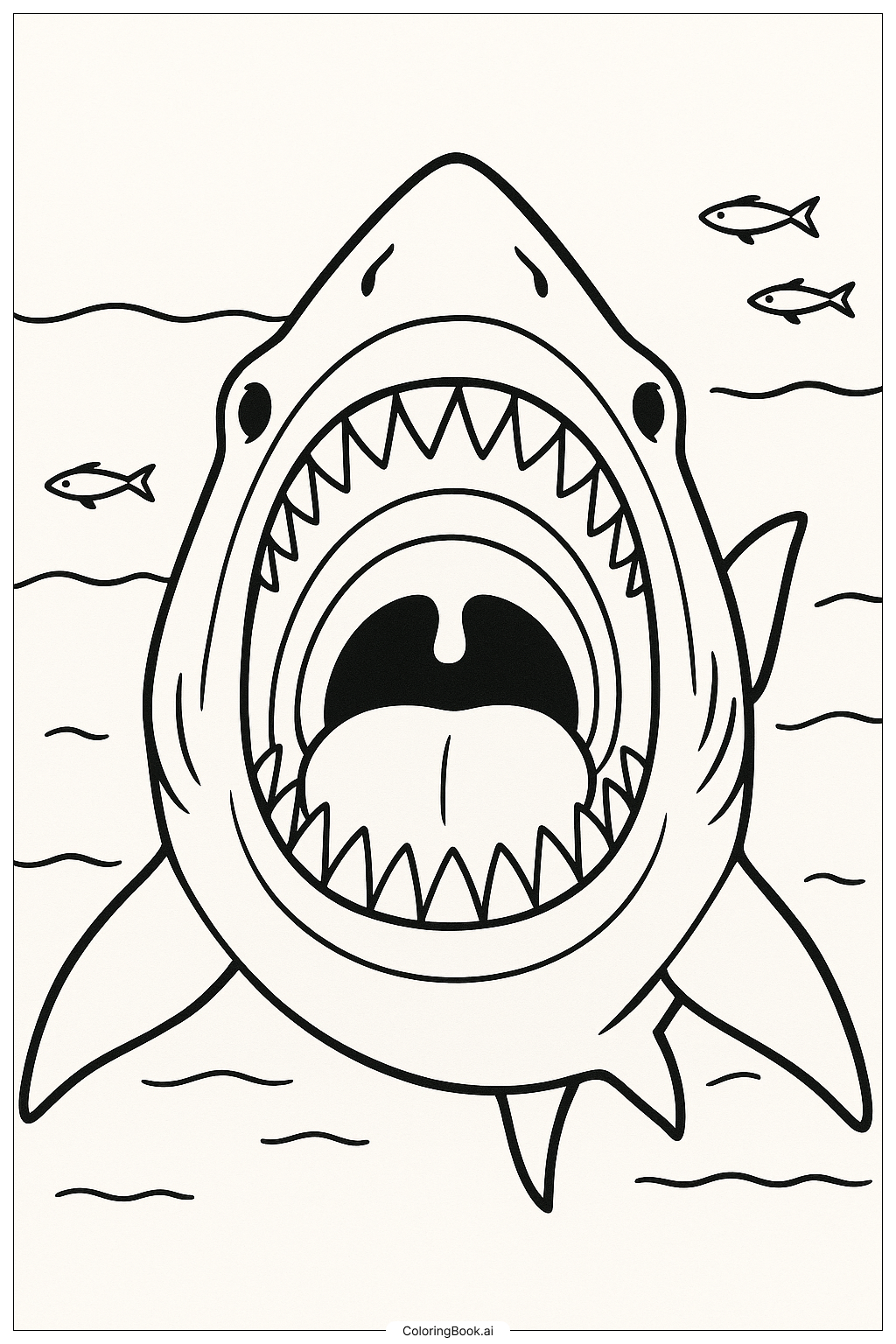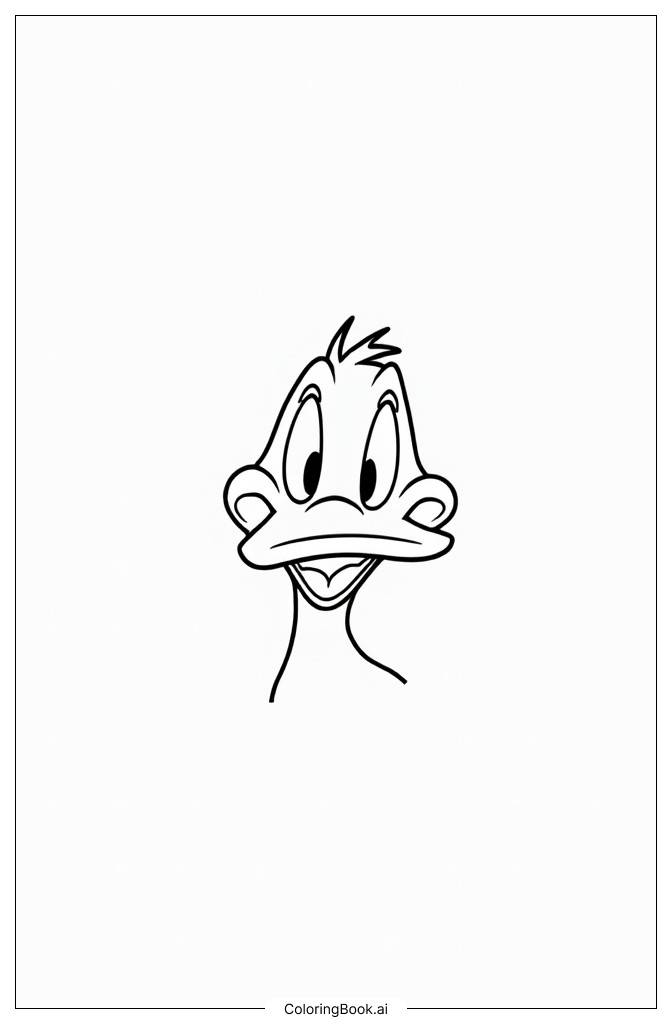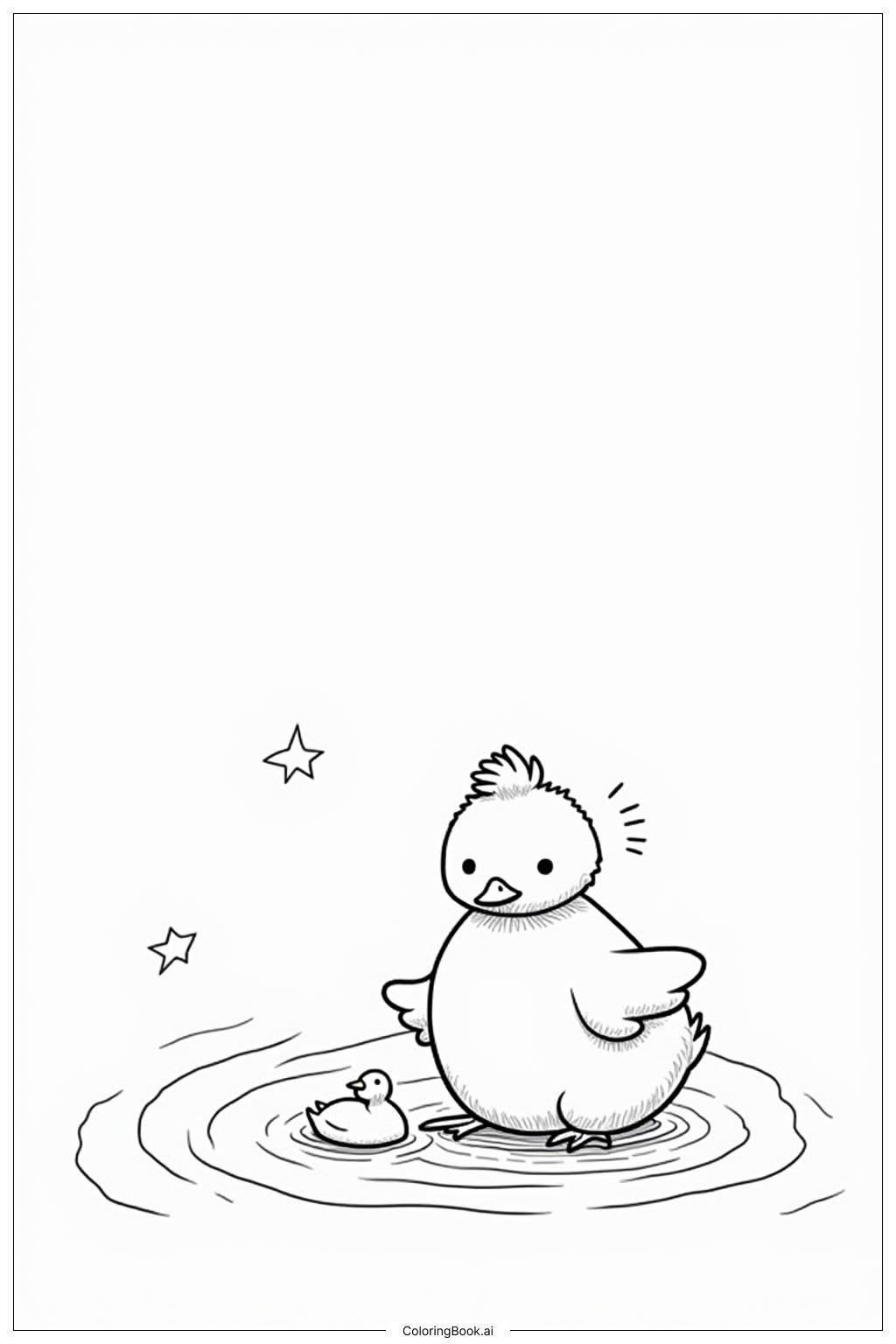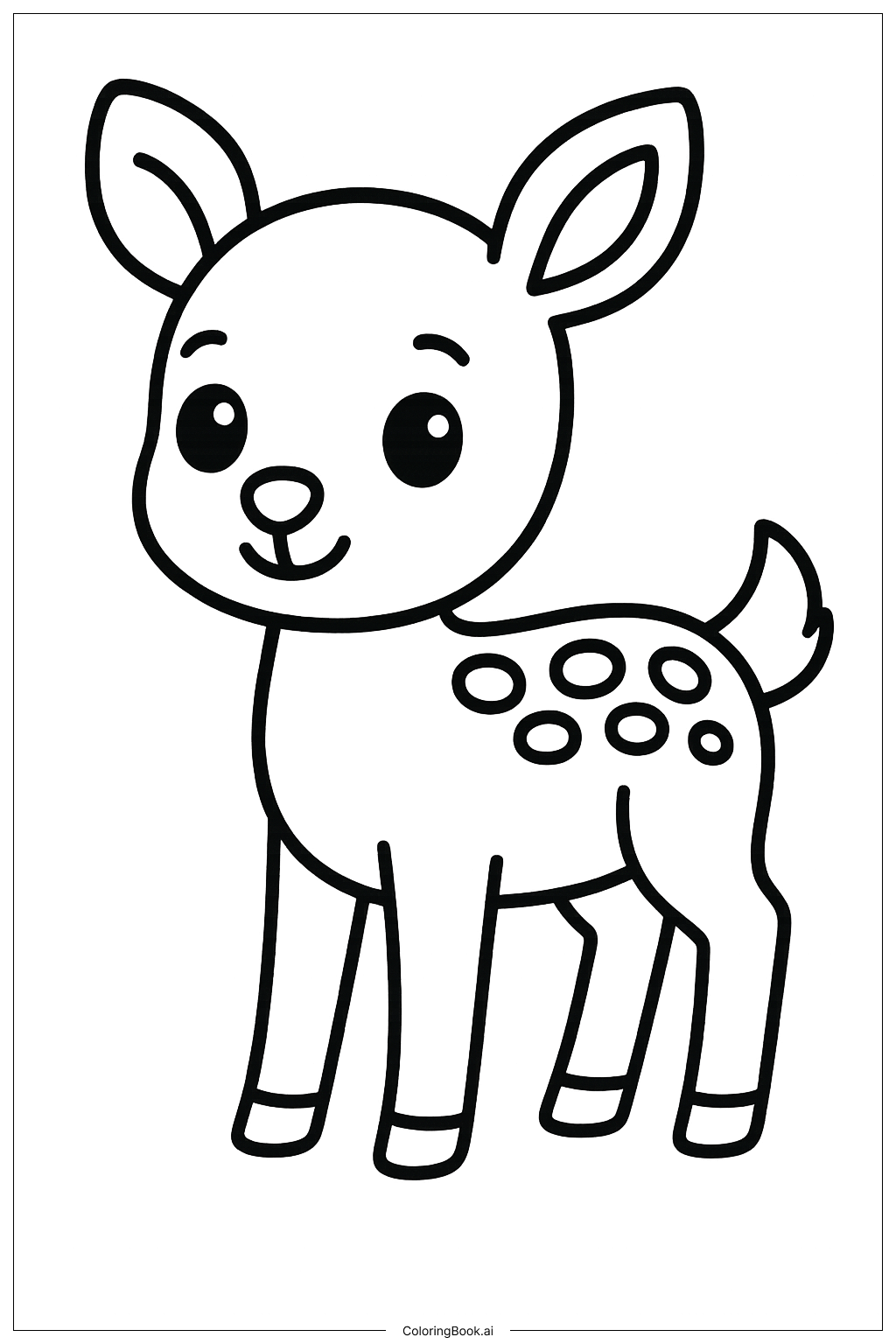Coloring tips: How to color Prehistoric Ocean with a Megalodon coloring page well?
Use gray, blue, or dark green for the megalodon to show how strong and mysterious it is. Color the smaller fish in bright colors like yellow, orange, or red to make them stand out. For the seaweed, use different shades of green to add variety. The rocks can be brown or gray. Don’t forget to use light blue or turquoise for the ocean background to create the feeling of water. Try to color inside the lines carefully to make the picture neat and beautiful.
Coloring challenges: Which parts are difficult to color and need attention for Prehistoric Ocean with a Megalodon coloring page?
1. Coloring the megalodon's sharp teeth can be tricky because of their small size and close spacing. It requires careful coloring to keep the teeth white and clean. 2. The thin and wavy seaweed shapes need steady hands to color without going outside the lines. 3. Coloring large areas like the megalodon's body needs even and smooth color filling to avoid uneven patches. 4. Differentiating colors between the fish and the seaweed may be difficult to keep the picture balanced. 5. Adding color to the background ocean while not coloring over the main shapes needs patience and attention to detail.
Benefits of coloring books: Advantages of drawing Prehistoric Ocean with a Megalodon coloring page
Coloring this prehistoric ocean scene helps children improve their fine motor skills and hand-eye coordination. It encourages creativity by allowing them to choose different colors for the fish, seaweed, and the megalodon. Focusing on coloring inside the lines builds their concentration and attention to detail. This activity also teaches kids about ancient sea creatures and stimulates their curiosity about marine life and history.
